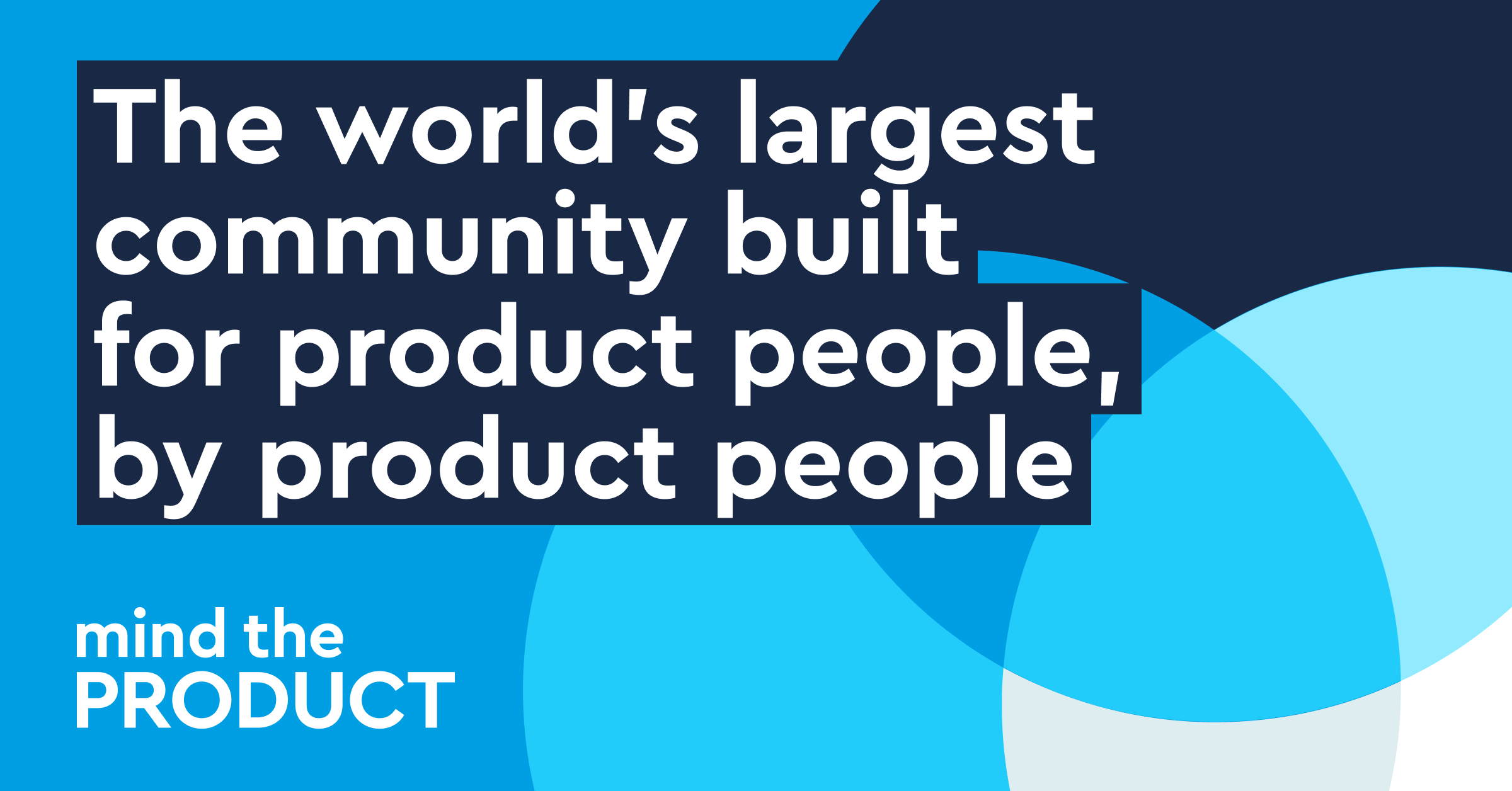What Age Is Best for Invisalign? Advice from a Lake Mary Dentist

If you’re considering orthodontic treatment for yourself or a loved one, you might be wondering: What age is best for Invisalign? This question is a common one, especially for families in Lake Mary seeking a discreet, effective way to straighten teeth without traditional metal braces. Invisalign, the clear aligner system, has revolutionized orthodontics by offering a more aesthetic and comfortable solution for misaligned teeth. But is it suitable for everyone? And at what age does Invisalign treatment work best?
In this comprehensive guide, we’ll dive into what the ideal age is for starting Invisalign, how treatment differs by age group, and what local Lake Mary dental professionals recommend.
Understanding Invisalign: A Modern Solution for Straighter Teeth
Invisalign is a clear aligner system that uses custom-made trays to gradually shift your teeth into proper alignment. Unlike traditional braces, these trays are removable, nearly invisible, and generally more comfortable. They’re popular among teens and adults alike, particularly those who want a less noticeable option for correcting orthodontic issues.
The aligners are typically worn 20–22 hours a day and changed every one to two weeks. Treatment duration varies, but many patients complete it within 12 to 18 months.
What Age Is Best for Invisalign?
The answer isn’t one-size-fits-all. Technically, Invisalign can be used by people as young as 7 and as old as 70. However, different age groups have different considerations when it comes to treatment outcomes and compliance.
Let’s explore Invisalign suitability across different age ranges:
1. Children (Ages 7–11): Invisalign First
Invisalign introduced a specialized system called Invisalign First for children aged 7 and up. This early intervention helps guide the development of the jaw and arches to create room for permanent teeth.
Pros:
-
Early treatment can prevent more complex issues later.
-
Aligners are removable and easier to maintain than traditional braces.
-
Less discomfort compared to metal braces.
Cons:
-
Requires a high level of compliance from young children.
-
Not every child is a candidate; it depends on their stage of dental development.
Dentist’s Advice: Most dentists recommend scheduling an orthodontic consultation by age 7 to assess whether early intervention is necessary. Invisalign may be an option for early Phase 1 treatment, but it’s not always essential at this age.
2. Teenagers (Ages 12–17): The Prime Invisalign Candidates
Teenagers are often considered the best age group for Invisalign. By this age, most of the permanent teeth have erupted, and jaw growth is still ongoing, making it an optimal time for effective tooth movement.
Advantages:
-
Invisalign Teen includes compliance indicators that show whether the aligners are being worn enough.
-
Teens tend to be more self-conscious, and the nearly invisible trays offer a confidence boost.
-
High success rate when worn properly.
Challenges:
-
Teens must be responsible enough to wear aligners for 20–22 hours a day and not misplace them.
-
More frequent dental check-ins may be necessary.
Dentist’s Advice: A consultation with a dentist in Lake Mary can determine if your teen is mature enough to comply with Invisalign usage. When used properly, results in this age group are excellent and sometimes even faster than in adults.
3. Adults (Ages 18+): A Growing Demographic
Adult patients represent a rapidly growing segment of Invisalign users. Whether correcting long-standing issues or fine-tuning after past orthodontic work, many adults appreciate the subtlety of clear aligners.
Benefits:
-
Ideal for professionals and people in public-facing roles.
-
Invisalign can correct mild to moderate crowding, spacing, or bite issues effectively.
-
Removable trays make it easier to maintain oral hygiene.
Considerations:
-
Adult teeth may move more slowly than those in younger patients.
-
Some complex issues might require additional procedures before or during treatment.
Dentist’s Advice: Adults in their 20s, 30s, and beyond can achieve fantastic results with Invisalign, especially with proper oral hygiene and consistent use. Many Lake Mary dental offices offer flexible payment plans to make Invisalign more accessible for adults.
4. Seniors (Ages 60+): Yes, Invisalign Can Still Work
It’s never too late to invest in your smile. Seniors often choose Invisalign to correct crowding, spacing, or shifting that’s occurred over time.
Why It Works:
-
Clear aligners are gentle on aging gums and bones.
-
Many seniors prefer Invisalign over dentures or bridges for minor corrections.
-
Helps improve overall oral health by making cleaning easier.
Dentist’s Advice: While older patients might have more complex oral health considerations (like gum disease or missing teeth), Invisalign can still be an option. A thorough dental evaluation is needed to rule out any contraindications.
Invisalign Lake Mary: What to Expect During Your Consultation
Choosing the right provider is key to getting the best results from Invisalign. If you live in or near Lake Mary, look for a cosmetic dentist or orthodontist with Invisalign certification and experience treating a range of age groups.
Here’s what to expect during a consultation:
-
Digital scans and X-rays to assess alignment.
-
A discussion about your goals and treatment timeline.
-
A personalized treatment plan, including estimated cost and duration.
The right provider will also help you determine if you or your child are ideal candidates based on age, dental health, and lifestyle factors.
Compliance and Results: Age Isn’t the Only Factor
While age can influence how quickly and effectively teeth move, compliance is the real game-changer. Wearing your aligners for the recommended amount of time is essential, regardless of age.
Teens and adults alike must:
-
Wear aligners 20–22 hours per day.
-
Avoid eating or drinking anything other than water while wearing them.
-
Clean trays regularly to prevent staining and buildup.
-
Attend regular check-ins with your dentist.
With consistent effort, Invisalign delivers impressive, long-lasting results at almost any age.
Final Thoughts: So, What Age Is Best for Invisalign?
What age is best for Invisalign? Based on dental advice and research, the teenage years—specifically between 12 and 17—are often ideal due to the active growth phase and high responsiveness to orthodontic treatment. However, both younger children (with Invisalign First) and adults (including seniors) can also see transformative results when properly guided by a dental professional.
Whether you’re a parent seeking options for your child or an adult looking to improve your smile discreetly, Invisalign offers a flexible and effective solution.
For those in Central Florida, seeking Invisalign Lake Mary services from experienced providers ensures access to advanced technology, personalized care, and trusted outcomes.








































































![[프로젝트 설계에서 사용자까지] 1. 요구사항 분석하기](https://miro.medium.com/v2/resize:fill:64:64/1%2AdmbNkD5D-u45r44go_cf0g.png)









































































